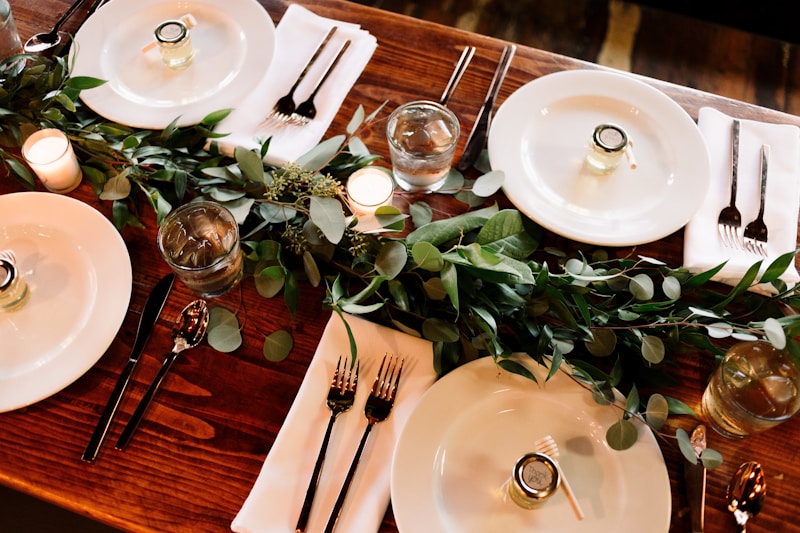How to Plan for Additional Alterations in Your Wedding Dress Budget
How to Plan for Additional Alterations in Your Wedding Dress Budget
Your wedding day is one of the most memorable occasions in your life, and your wedding dress is undoubtedly one of the most significant expenditures you will make. However, as with any major purchase, understanding how to plan for additional alterations in your wedding dress budget is crucial to avoid unexpected costs and ensure your gown fits perfectly. In this article, we will cover essential tips, frequently asked questions, and a detailed budget plan to help you manage your wedding dress alterations seamlessly.
Understanding Wedding Dress Alterations
When you purchase a wedding dress, it is rare for it to fit perfectly right off the rack. Most brides will need some adjustments to achieve the desired fit and look. Common alterations include adjusting the hem length, taking in or letting out seams, and modifying the neckline or sleeves. These changes can add up, so it’s vital to factor them into your wedding dress budget.
Common Types of Alterations
| Alteration Type | Description | Average Cost Range |
| Hemming | Cuts excess fabric from the bottom of the dress for a perfect floor length. | $50 - $150 |
| Taking In | Reduces the size of the gown for a more fitted look, often around the waist or bust. | $40 - $100 |
| Letting Out | Expands the dress if weight gain occurs or if the initial fit was too tight. | $50 - $125 |
| Neckline Changes | Modifies the cut of the neckline to meet your vision or comfort level. | $75 - $200 |
| Sleeve Adjustments | Adds, removes, or changes the sleeve design. | $30 - $100 |
Creating a Budget for Wedding Dress Alterations
To effectively manage your wedding dress alterations budget, start by setting a clear allowance for alterations based on the design complexity of your gown. Consider utilizing the following steps to create an accurate budget:
1. Research Alteration Costs
Visit several bridal shops and alteration specialists to get estimates on common alteration services. Remember, it’s essential to find a skilled tailor with experience in wedding dress alterations to avoid any mishaps.
2. Determine Your Dress Needs
Assess what alterations your specific dress will need. If you opt for embellishments like lace, beading, or custom sleeves, factor in the additional costs for these changes.
3. Consider the Fit
If you choose a dress that already fits well, you may need fewer alterations, which can help you save on costs. Alternatively, if you are buying a sample dress or one that requires major adjustments, budget accordingly.
4. Allocate a Contingency Fund
Set aside a contingency fund of approximately 15-20% of your total alterations budget to cover unexpected costs that may arise, such as dealing with last-minute adjustments.
5. Include Additional Accessories
Don’t forget to budget for additional accessories like undergarments, petticoats, and fasteners, which can also require alterations or specific fitting. Plan for them as part of your overall wedding attire budget.

Frequently Asked Questions
What’s the average cost of wedding dress alterations?
The cost of wedding dress alterations varies based on location and the complexity of the work required. Generally, alterations can range from $150 to $600, depending on the level of changes needed.
When should I schedule my alterations?
It’s best to schedule your alterations at least 8-12 weeks before the wedding day. This timeframe allows for multiple fittings and any additional adjustments that may be required.
How many fittings do I need?
Typically, brides need at least 2-3 fittings to ensure the dress fits perfectly. Initial fittings focus on major adjustments, while later fittings concentrate on final touches.
Can I alter my dress on my own?
While some brides may be skilled at sewing, it is advisable to have a professional handle alterations to preserve the quality and integrity of the dress. Improper alterations can lead to costly mistakes.
Conclusion: Tips for Successful Wedding Dress Alterations
Planning for additional alterations in your wedding dress budget is essential to ensure your big day is as perfect as you envision. Start with solid research on alteration costs, and identify what your dress will need. Remember to allocate contingency funds for unexpected expenses and schedule your fittings in advance.
Ultimately, your wedding dress will be a representation of your personal style, and ensuring it fits flawlessly will make your day all the more magical. With these tips and careful planning, you can enjoy the journey to your wedding day with confidence.
